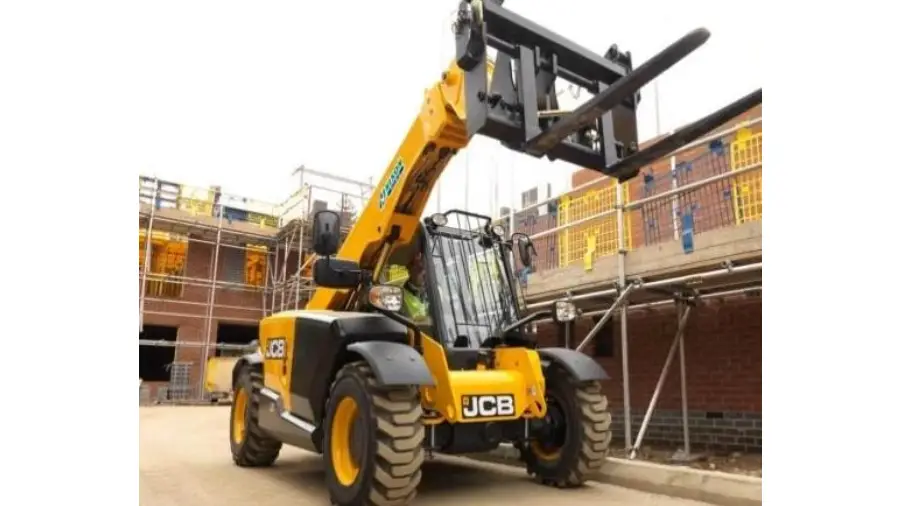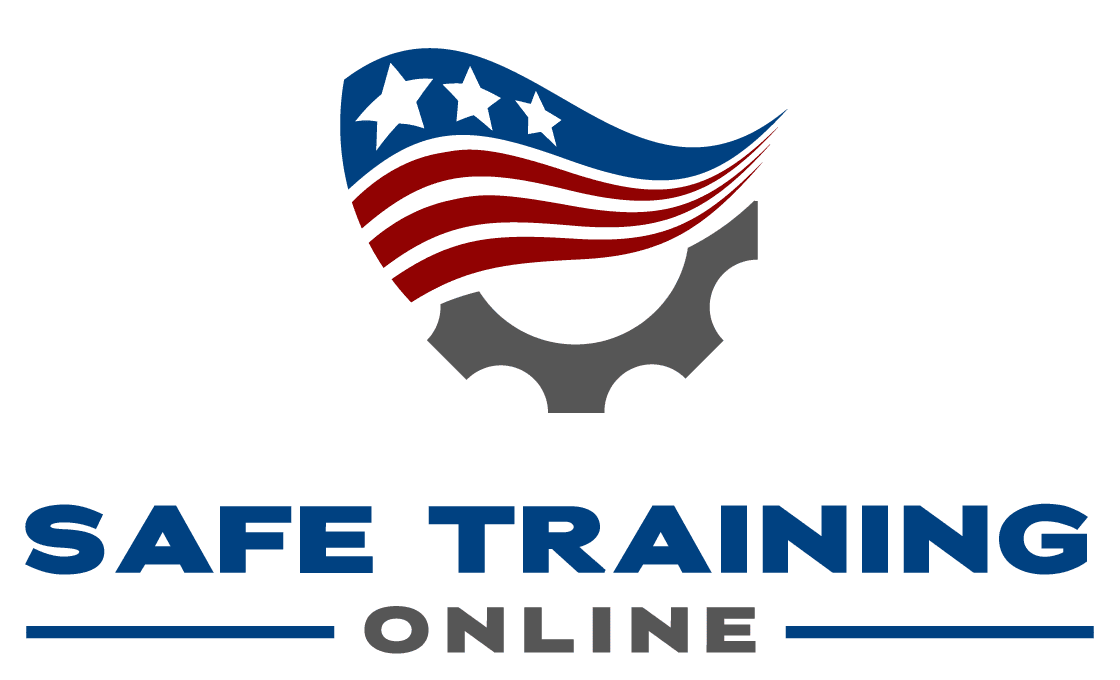Scissor Lift Training Requirements for OSHA
Scissor Lift Training Requirements for OSHA Compliance
Scissor lifts are versatile pieces of equipment commonly used in various industries for tasks that require working at heights. While they provide efficient access to elevated work areas, their operation can be hazardous if not performed correctly. To ensure the safety of workers and compliance with workplace regulations, the Occupational Safety and Health Administration (OSHA) in the United States has established specific training requirements for scissor lift operators. In this article, we will delve into the essential scissor lift training requirements mandated by OSHA, emphasizing the importance of proper training to prevent accidents and injuries in the workplace.
1. Understanding Scissor Lift Hazards
Before diving into the training requirements, it is crucial to recognize the potential hazards associated with scissor lift operation. Some common hazards include:
- Falls from elevated platforms.
- Tipping or overturning of the scissor lift.
- Collisions with objects or structures.
- Electrical hazards.
- Mechanical failures.
Scissor lift operators must be trained to identify and mitigate these risks effectively.
2. OSHA’s Role in Scissor Lift Safety
OSHA is responsible for ensuring safe and healthy working conditions for employees in the United States. The organization has established regulations and standards that apply to scissor lifts, primarily covered under 29 CFR 1926.453. Compliance with OSHA’s requirements is mandatory for employers who use scissor lifts in their operations.
3. Scissor Lift Training Requirements
OSHA mandates specific training requirements for scissor lift operators to minimize the risk of accidents and injuries. These requirements include:
a. Certification and Training Program:
Employers must ensure that operators are adequately trained and certified before using scissor lifts. The training program must cover the following areas:
- The nature of the hazards associated with scissor lift operation.
- The manufacturer’s instructions and safety guidelines for the specific scissor lift model being used.
- Proper procedures for controlling and operating the scissor lift safely.
- Recognition and avoidance of potential hazards in the workplace.
- Load capacity limits and safe positioning of loads on the platform.
- Electrical and mechanical safety features of the scissor lift.
- Emergency procedures, including evacuation and rescue plans.
b. Practical Training:
Training should include practical hands-on instruction and evaluation to ensure that operators can safely operate the scissor lift. This includes proficiency in maneuvering the equipment, operating controls, and responding to emergency situations.

c. Periodic Evaluation:
Operators must be reevaluated periodically to assess their continued competency in scissor lift operation. If an operator is observed performing unsafe practices, additional training and reevaluation may be required.
d. Authorization:
Only trained and authorized individuals should be permitted to operate scissor lifts. Employers should maintain records of operator certification and training to demonstrate compliance with OSHA regulations.
4. Employer Responsibilities
Employers have a significant role to play in ensuring scissor lift safety and OSHA compliance:
a. Provide Training:
Employers are responsible for providing the necessary records of operator certification and trainingscissor lift training to their employees. This training must be conducted by qualified trainers who possess the knowledge and experience required to instruct operators effectively.
b. Conduct Hazard Assessments:
Employers should perform hazard assessments in the workplace to identify and address potential risks associated with scissor lift operation. These assessments help develop safe work practices and procedures.
c. Ensure Equipment Maintenance:
Employers must ensure that scissor lifts are maintained in good working condition. Regular inspections, maintenance, and repair of scissor lifts are essential to prevent equipment-related accidents.
d. Develop Safety Policies:
Employers should establish and communicate safety policies and procedures related to scissor lift operation. These policies should emphasize safe work practices and the importance of compliance with OSHA regulations.
e. Enforce Safety Measures:
Employers should enforce safety measures and hold operators accountable for following safe work practices. This includes using personal protective equipment (PPE) when required and adhering to safety guidelines.
5. Benefits of Scissor Lift Training Requirements for OSHA
OSHA-compliant scissor lift training offers numerous benefits to both employers and employees:
a. Accident Prevention:
Proper training equips operators with the knowledge and skills to operate scissor lifts safely, reducing the risk of accidents and injuries.
b. Compliance with Regulations:
OSHA compliance helps employers avoid fines, penalties, and legal consequences associated with non-compliance.
c. Improved Workplace Safety:
A trained workforce contributes to a safer work environment, fostering a culture of safety among employees.
d. Equipment Efficiency:
Competent operators can maximize the efficiency and productivity of scissor lift use while minimizing downtime due to accidents or equipment malfunctions.
e. Reduced Liability:
Demonstrating a commitment to scissor lift safety through training can help employers reduce liability in case of accidents or incidents.
f. Enhanced Employee Confidence:
Training boosts operator confidence, leading to more efficient and less stressful scissor lift operation.
Scissor lifts are valuable tools in various industries, but their safe operation is contingent upon proper training and adherence to OSHA regulations. Scissor Lift Training Requirements for OSHA are designed to protect workers, prevent accidents, and promote a culture of safety in the workplace. Employers play a critical role in ensuring compliance with these requirements by providing comprehensive training programs, conducting hazard assessments, maintaining equipment, and enforcing safety policies. By investing in scissor lift training and safety, employers can protect their workforce and maintain a safe and productive work environment while adhering to OSHA regulations.
Click here for an online scissor lift training OSHA course .
Click here for OSHA Regulations regarding scissor lifts.
